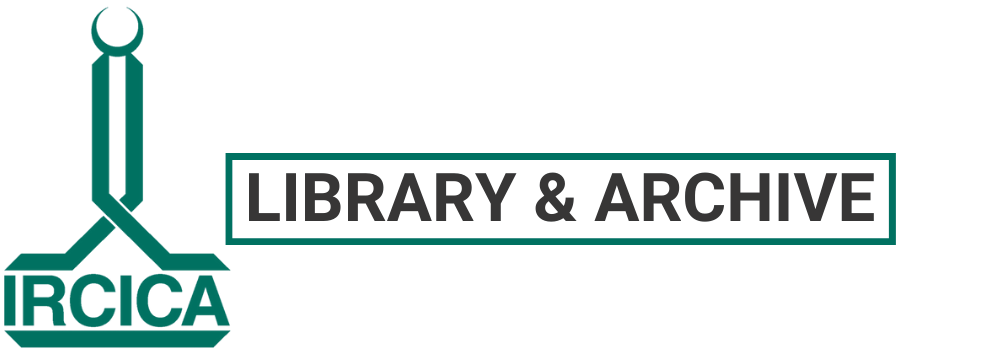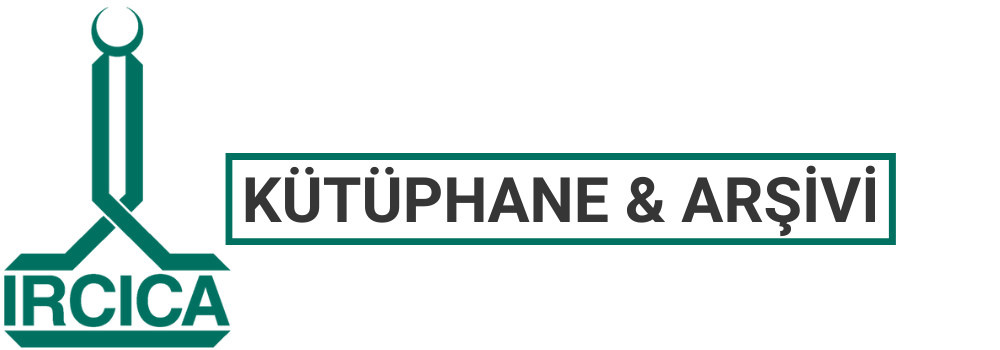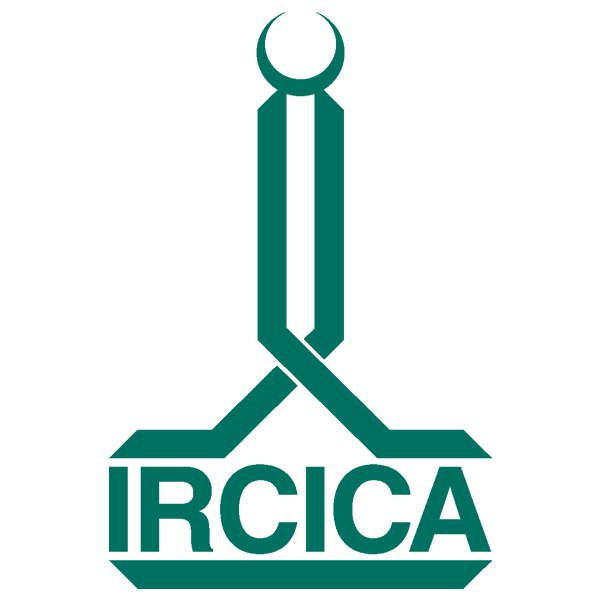IRCICA LIBRARY AND ARCHIVE
Monday-Friday: 09.00 am – 05.00 pm. Closed on official holidays.
Library Catalog & Farabi Digital
Library Catalog
Tercüman (1883-1917)
Tercüman was the first Turkish newspaper published in Crimea by İsmail Bey Gaspıralı (İsmail Mirza Gasprinskiy, 1851-1914). Access the available digital issues of the Tercüman newspaper, which reveals the modernization process of Muslims in Russia and how this process is reflected in their religious, intellectual and literary life…
Click HereZühre Gökgöl Collection of Photographs
This collection consists of negative copies of photographs related to İsmail Gaspıralı and his family, Akçura family, women movement and Crimean Turks donated to IRCICA by Zühre Gökgöl (1908-1995), the granddaughter of İsmail Gaspıralı.
Click HereDonanma Mecmuası (1910-1919)
Donanma Mecmuası is an Ottoman periodical published by Donanma-i Osmani Muavenet-i Milliye Cemiyeti with 191 issues between 1910 and 1919 on Ottoman maritime history, education and training, culture, literature, art and morality.
Click HereFahreddin (Türkkan) Pasha Photograph Collection
Fahreddin Paşa (1868-1948) was a Turkish commander who defended Medina during World War I. His collection of more than 600 photographs on his military activities and operations in Medina, construction works such as wells and roads opened in Medina, his journey to Afghanistan is now accessible at https://openaccess.ircica.org/
Click Here
Digital Collections


